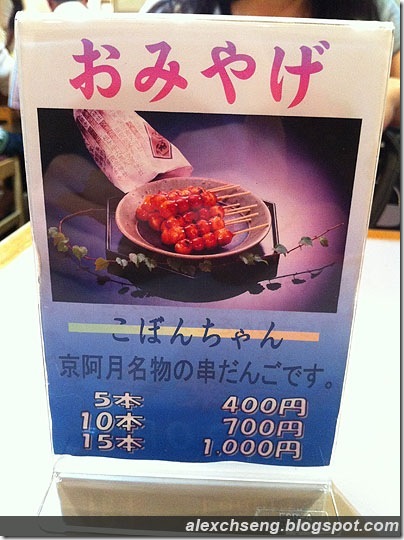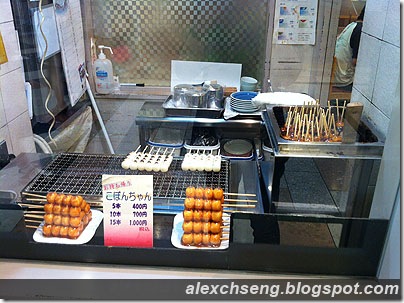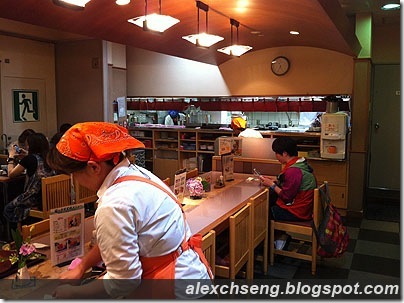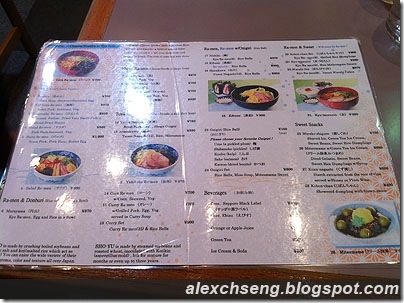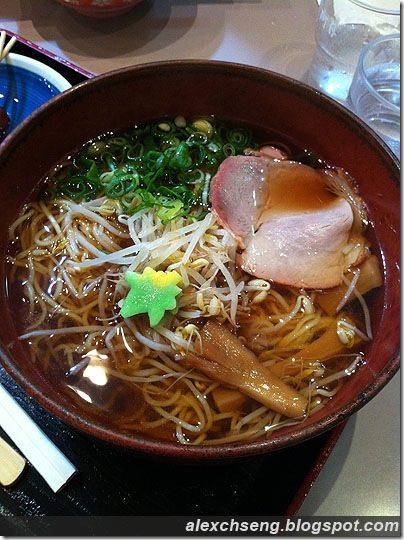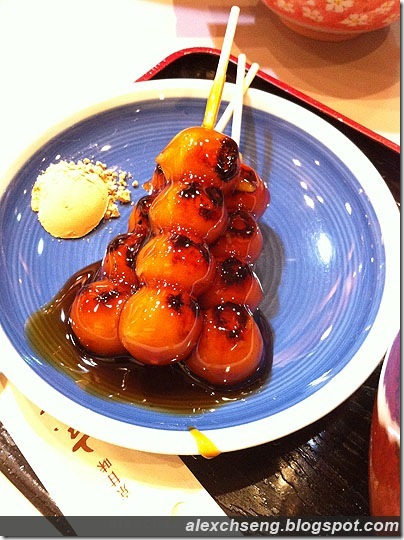Nijo Castle or Nijojo was built in 1603 as the Kyoto residence of the first shogun of the Edo Period. However, the whole castle complex was only completed 23 years later, with several palace buildings and a five-storey keep.
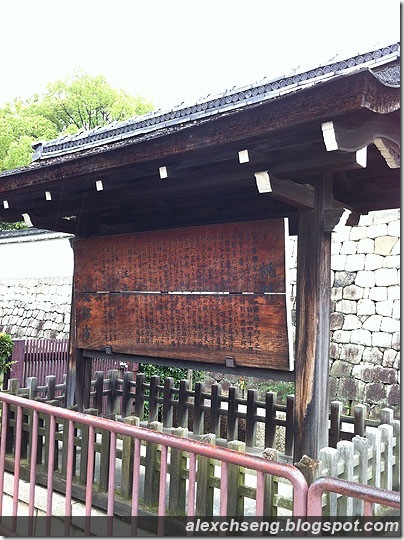

After the Tokugawa Shogunate fell in 1867, Nijo Castle was used as an imperial palace (in addition to the nearby Kyoto Imperial Palace) before being converted into a historic site for the public to visit.
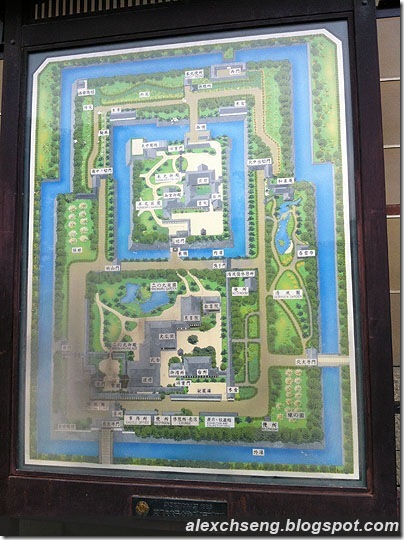
Nijo Castle can be divided into three areas, the Honmaru, the Ninomaru and the gardens that encircle both Honmaru and Ninomaru.
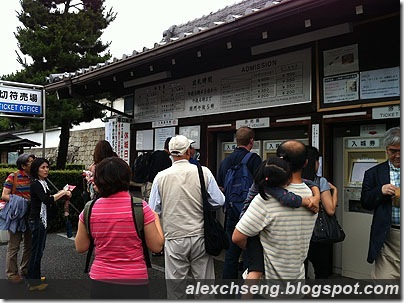
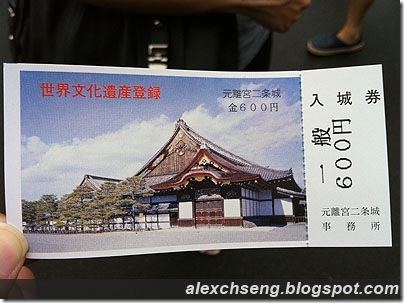
After paying for admission from the ticket office or vending machines, visitors enter Nijo Castle through a large gate on the Eastern side of the complex.
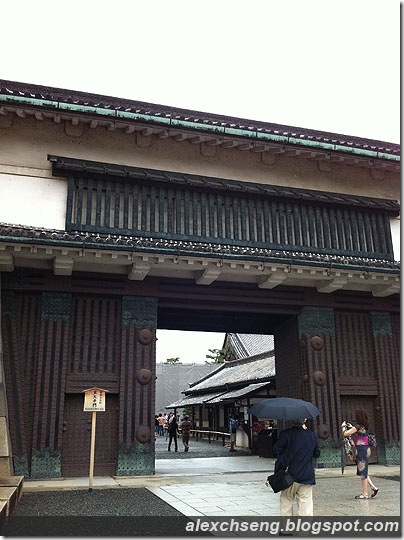
Venturing further into the castle leads to Ninomaru, where the castle's main attraction, the Ninomaru Palace is located.

The Ninomaru Palace served as the residence and office of the shogun during his visits to Kyoto. Surviving in its original form, the palace consists of multiple buildings that are interconnected by nightingale-floored corridors. As a security measure against intruders, it is interesting that the floors squeak when being stepped upon. As for the rooms, they are covered with tatami mats and feature elegantly decorated ceilings and beautifully painted sliding doors.
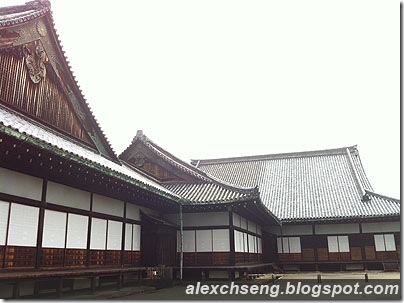
Unfortunately, no photography is allowed indoors.
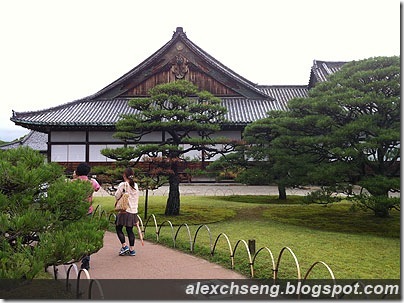
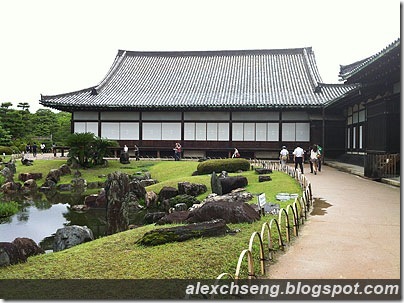
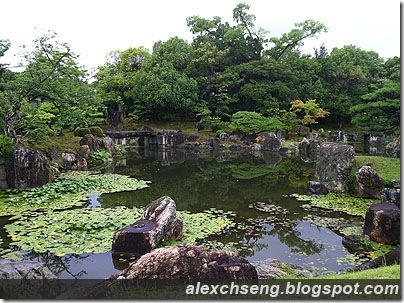
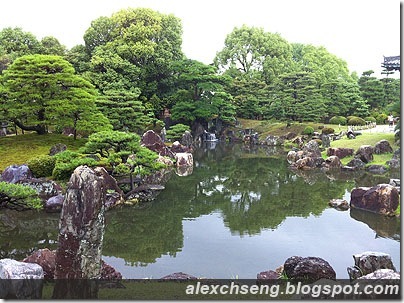
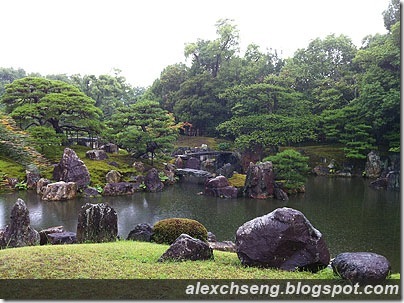
Outside of the Ninomaru Palace is the Ninomaru Garden, a traditional Japanese landscape garden with a large pond, ornamental stones and manicured pine trees.
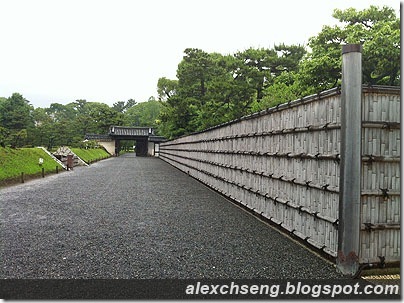
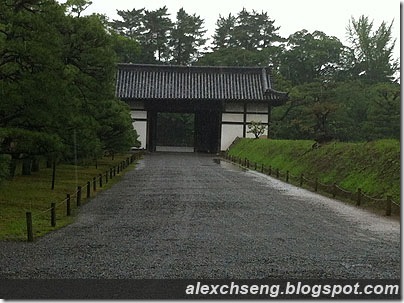

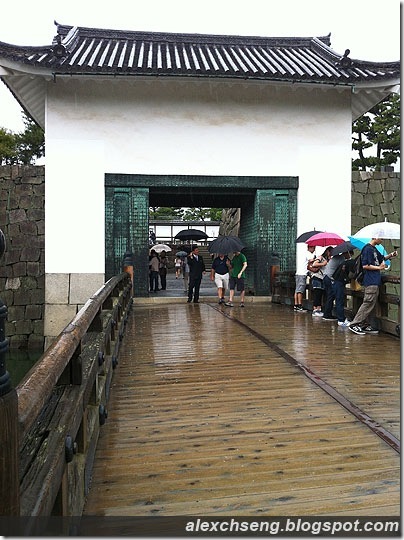
Crossing the inner moat leads to the site of Honmaru, the second palace complex and the remains of a five story castle keep (both structures were destroyed by fire in the 18th century and were never rebuilt). Due to the fire, the current structure known as the Honmaru palace was actually moved into Nijo Castle from the Katsura Imperial Palace after the fall of the shogunate.

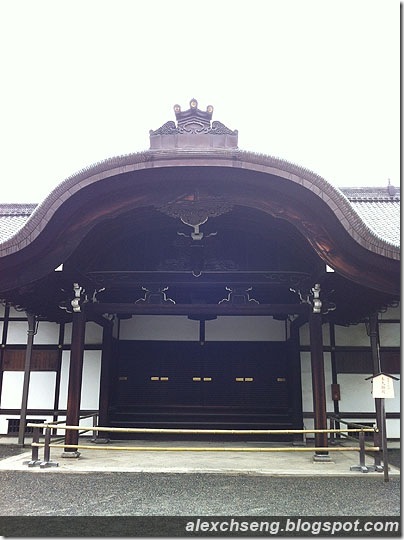
Unlike the Ninomaru Palace, the Honmaru Palace is not open to the public. Hence, visitors could only walk around the Honmaru gardens and climb up the stone foundation of the former castle keep, which offers views over the castle grounds.
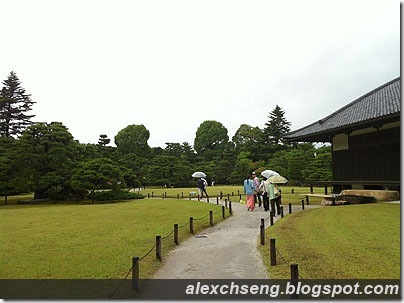
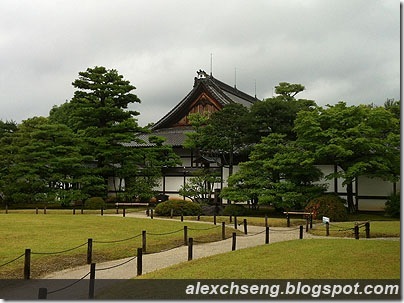
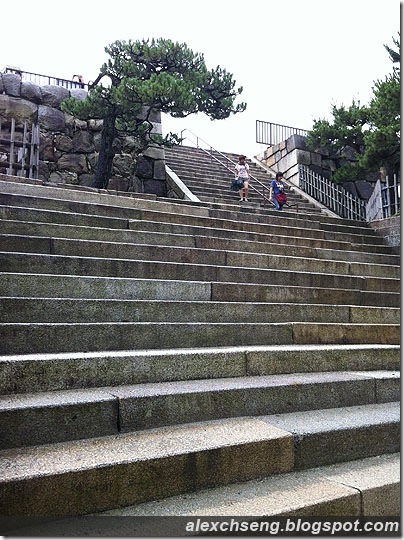
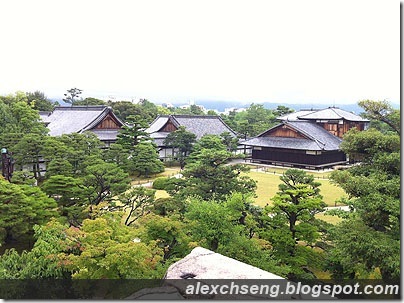
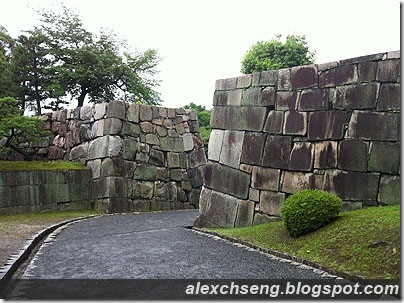
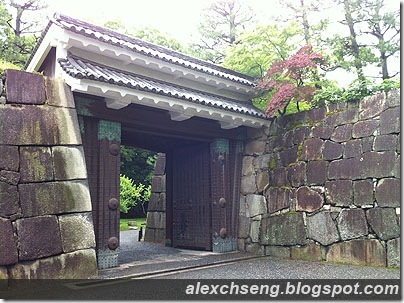
Both the Ninomaru and Honmaru Palaces are arguably the best surviving examples of castle architecture during Japan's feudal era. As such, the Nijo castle complex was designated as a UNESCO world heritage site in 1994.
